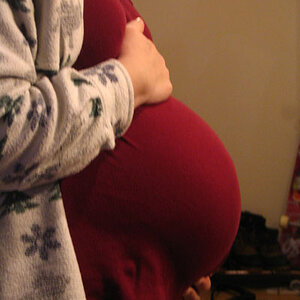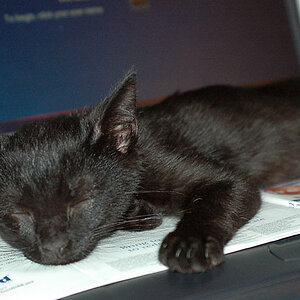Moose
TPF Noob!
- Joined
- Aug 1, 2006
- Messages
- 43
- Reaction score
- 0
Hi all,
I am looking for some advice on Studio Flash's.
How do I know what will best suite my needs?
I want to be able to do portraits of people from head to toe and sometimes with props like chairs and lounge suites.
So here are three different options withing my price range (Aus $)
Option #1 $299.00
Thanks
Moose
I am looking for some advice on Studio Flash's.
How do I know what will best suite my needs?
I want to be able to do portraits of people from head to toe and sometimes with props like chairs and lounge suites.
So here are three different options withing my price range (Aus $)
Option #1 $299.00
[*] TWO 110W studio flash light
[*] TWO light stands
[*] TWO Silver reflective umbrellas
[*] TWO White reflective umbrellas
Flash light specifications:
Option #2 $699.00
[*] Out power: 110W
[*] Flash guide No: 32m
[*] Output control range: 1/32-1/1(Infinitely variable)
[*] Recycling time:0.5-3S,
[*] Halogen modeling lamp: 50W
[*] Flash duration: 1/500-1/800S
[*] Import Voltage: 220V/110V
[*] TWO 300W studio flash light
Same accessories as above
Flash light specifications:
[*]Output power: 300w[*]Flash guide No. 55GN[*]Output control range: 1/32~1/1 Infinitely variable[*]Halogen modelling lamp: 150w user replaceable[*]Perkin Elmer Flash Tube user replaceable[*]Recycling time: 0.8~2.5s[*]Colour temperature: 5600k[*]Flash duration: 1/800~1/1200s[*]Modelling light working mode: Full power output/ Proportional flash and modelling light[*]Recycling indicate: Buzz/Modelling light indication[*]Working voltage: 170V~240V Auto voltage regulator circuit[*]Flash triggering method: Photocell/Sync cable/Test button[*]Triggering voltage: 12V Low voltage trigger[*]Overheat Protection[*]Flash automatic release function
[*] TWO 600W studio flash light
Same accessories as option #1
Flash light specifications:
[*] Output power: 600W
[*] Flash guide No.:72NG
[*] Output control range:1/32-1/1
[*] Halogen: 250W
[*] Recycling time: 0.8-3S
[*] Color temperature: 5600K
[*] Flash duration: 1/800-1/1200S
[*] Modeling light working mode: Full power/Proportional flash and modeling light Recycling indecision: Buzz/Modeling light indication
[*] Working voltage: 170V/240V Auto voltage regulator circuit
[*] Flash triggering method: Photocell/Sync cable/Test button
[*] Triggering voltage: 12V Low voltage trigger
[*] Technical specialty: Light regulating digital display overheat protection flash automatic release function
Thanks
Moose


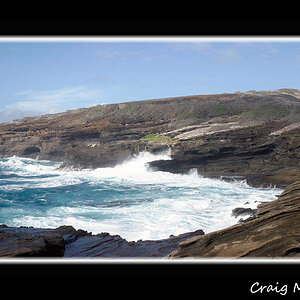


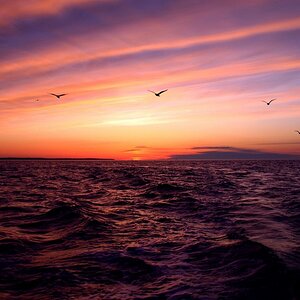
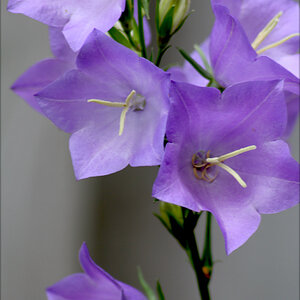
![[No title]](/data/xfmg/thumbnail/37/37605-90c8efaef5b7d1f52d4bf8e7dfd33673.jpg?1619738148)
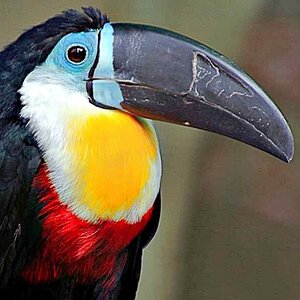
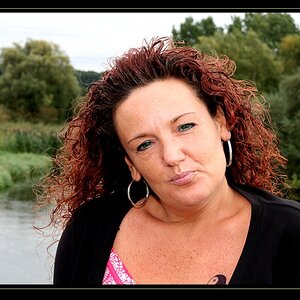
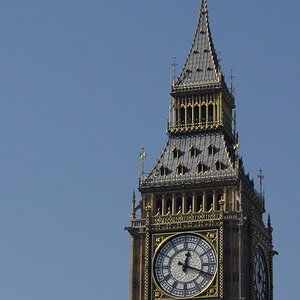
![[No title]](/data/xfmg/thumbnail/37/37660-eb4529b6ea38a042c4e9b64866178d7b.jpg?1619738174)
